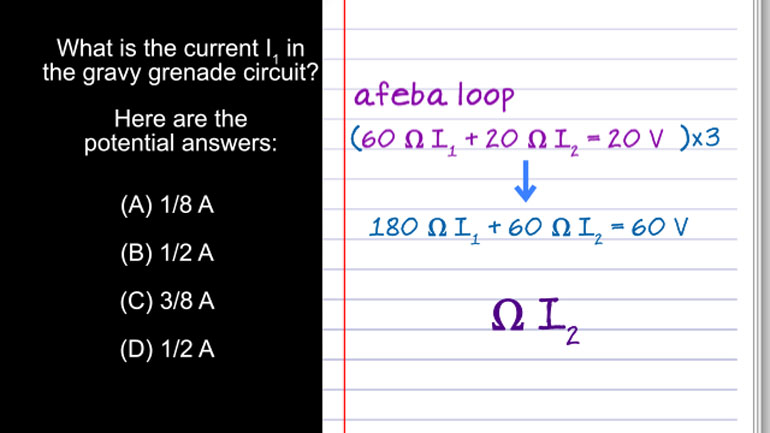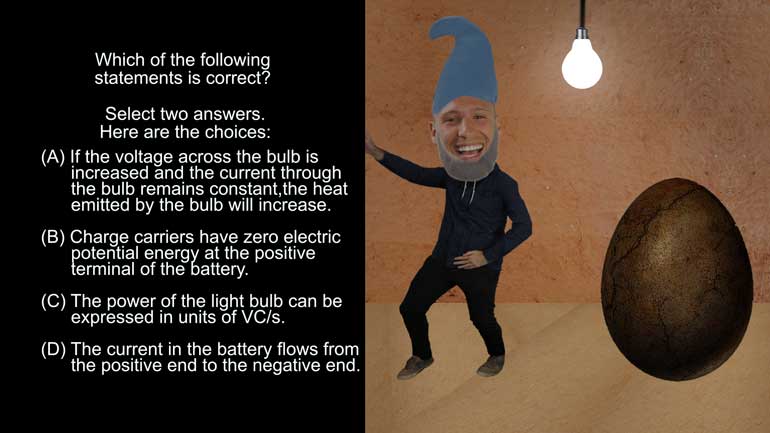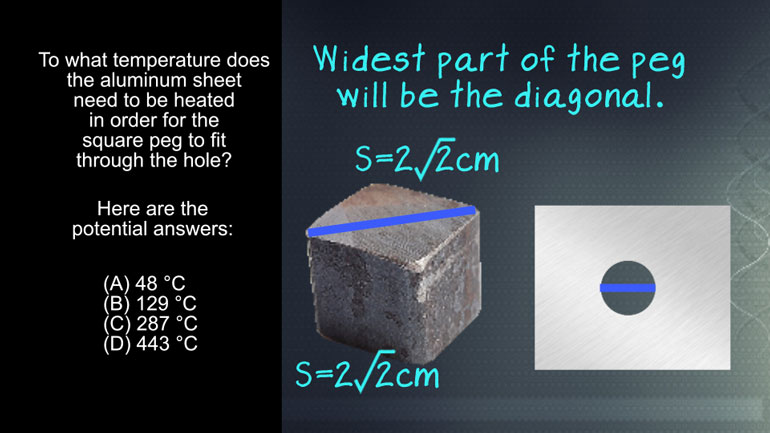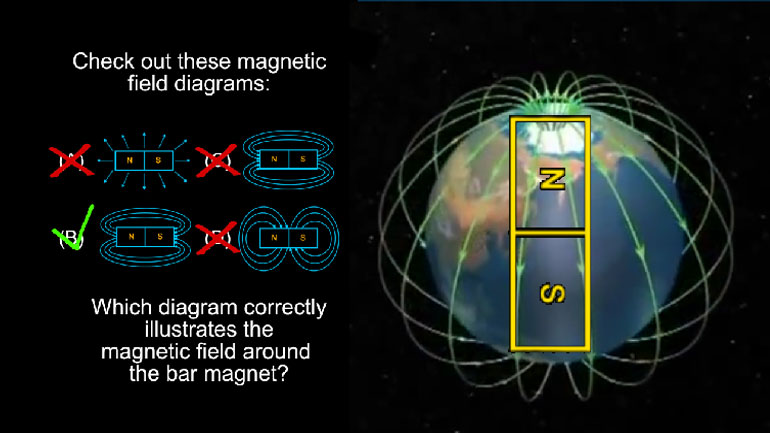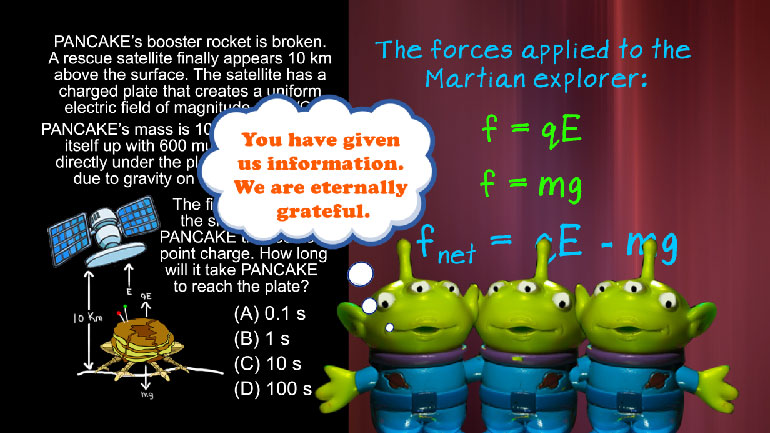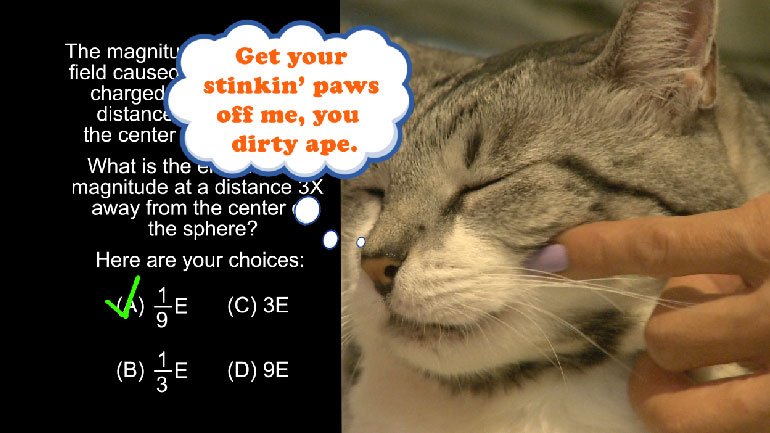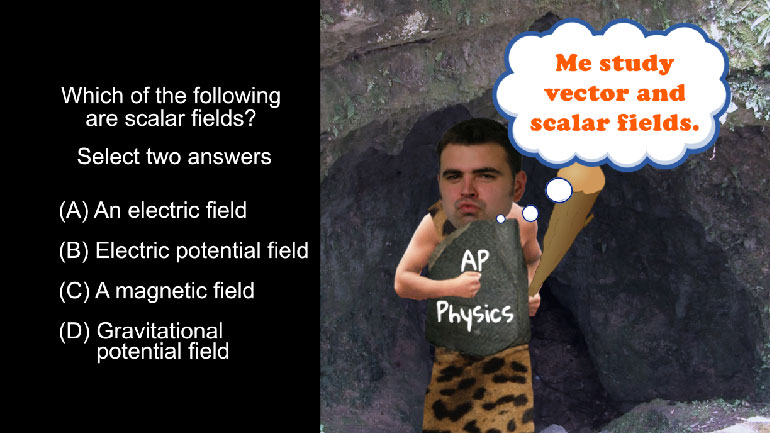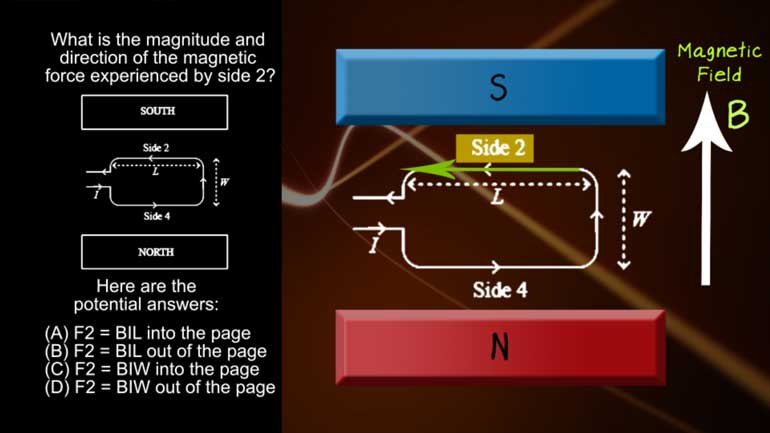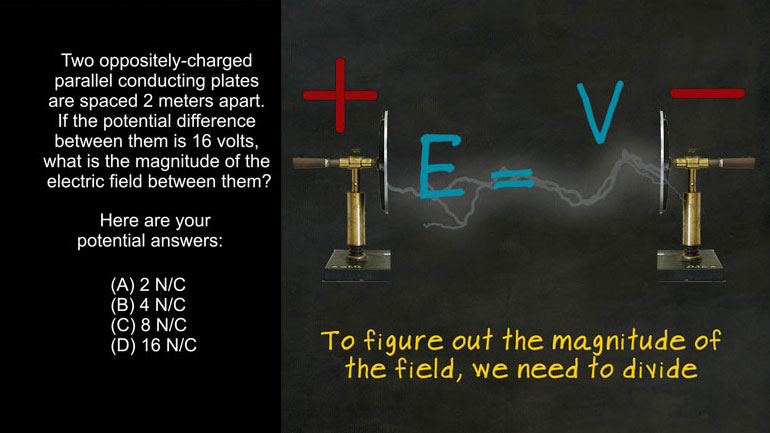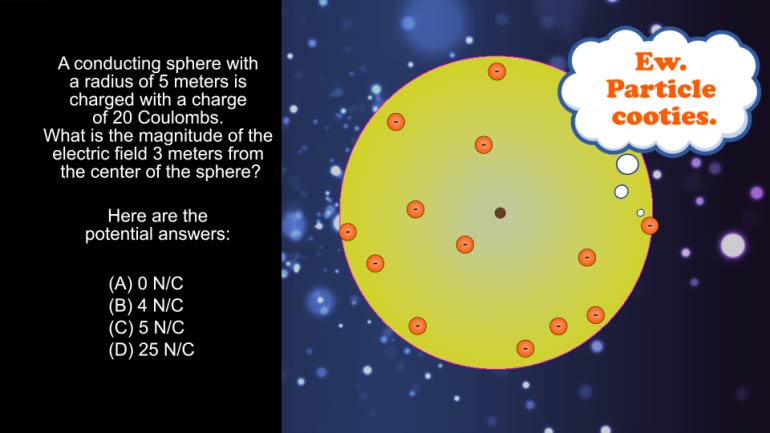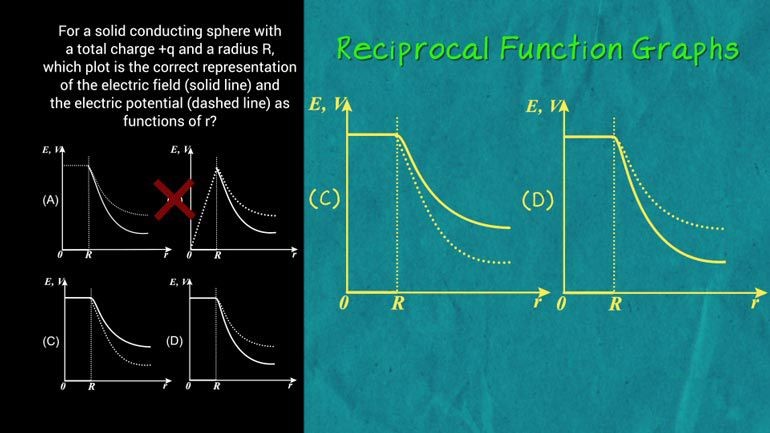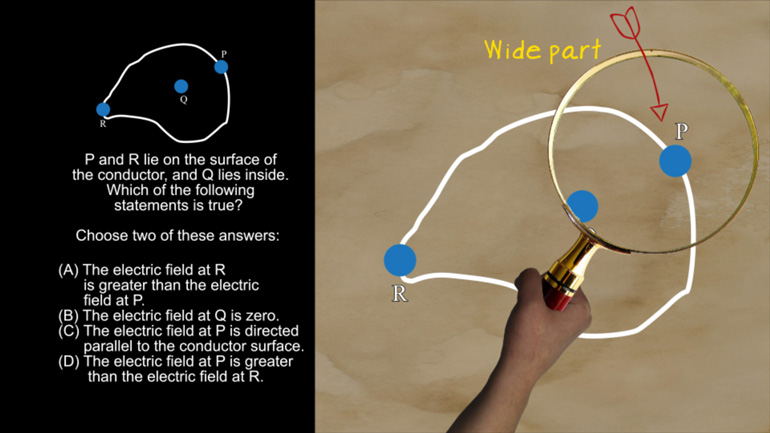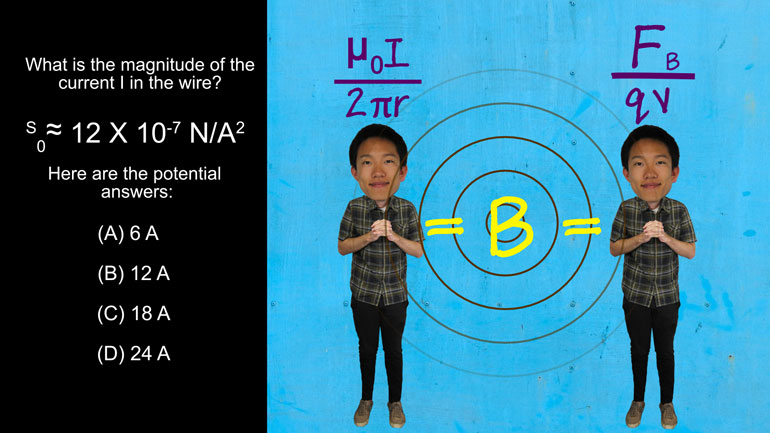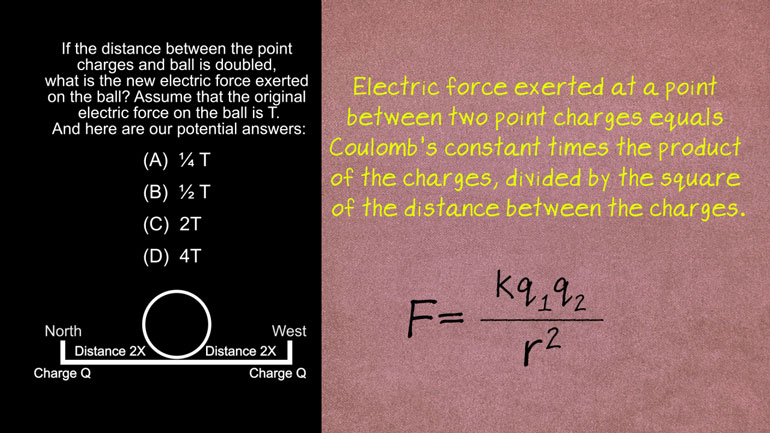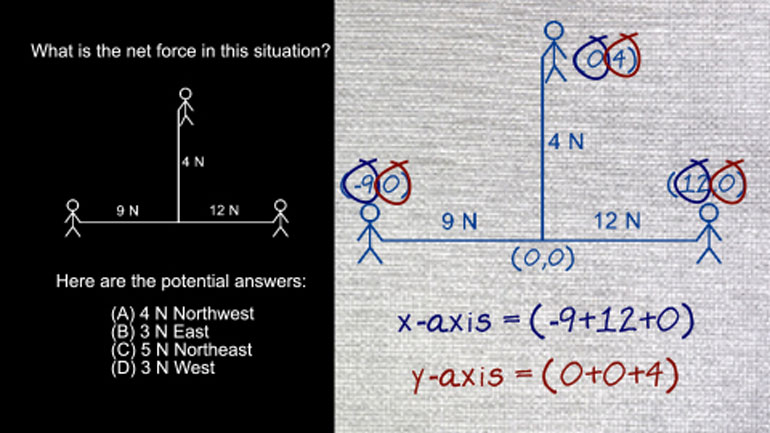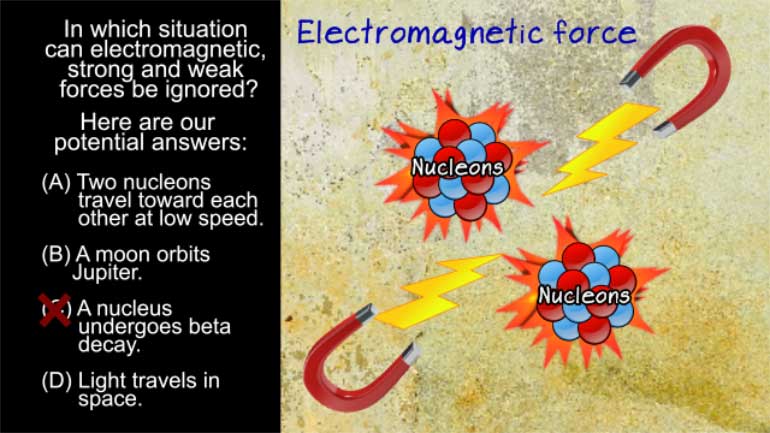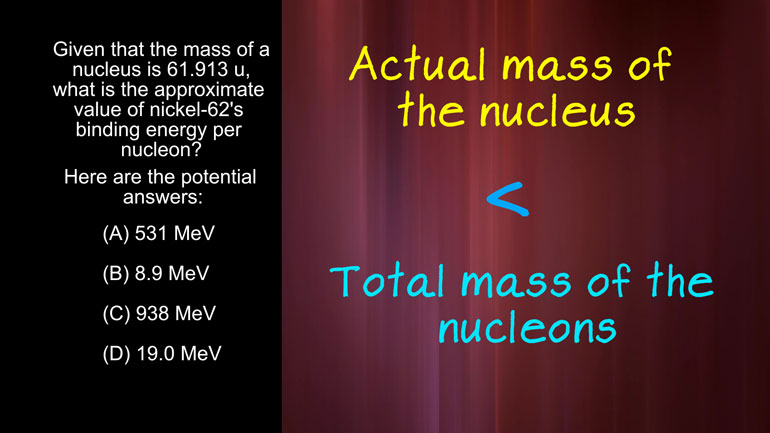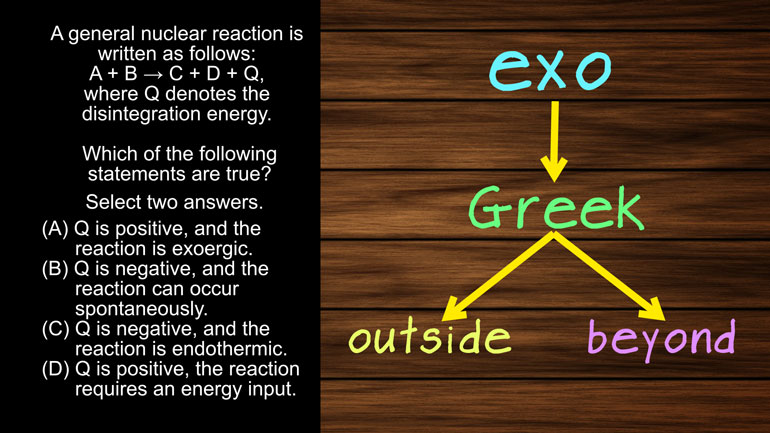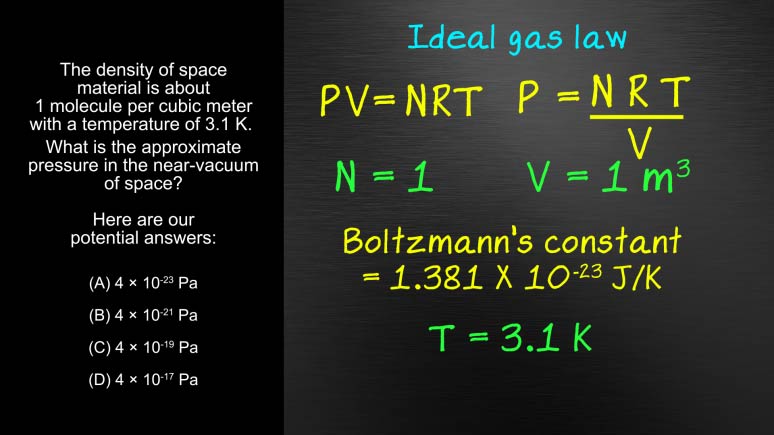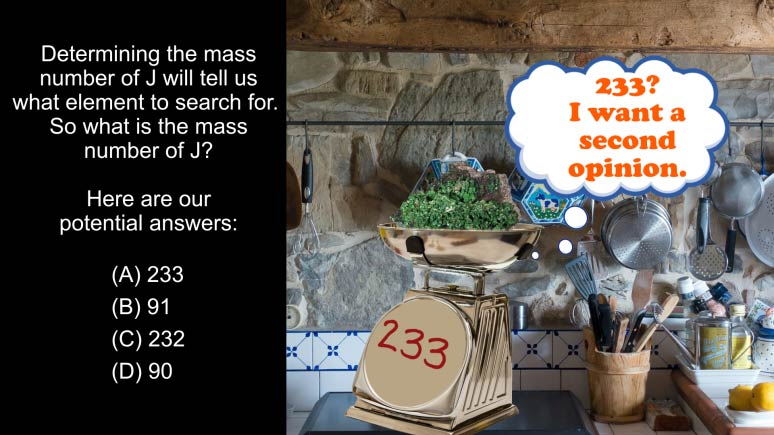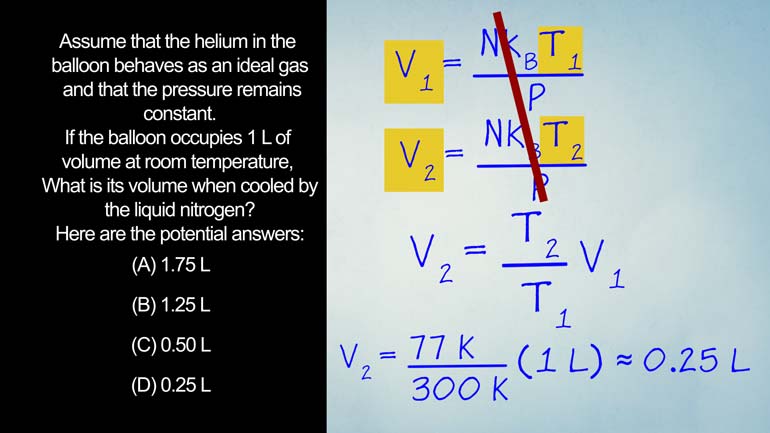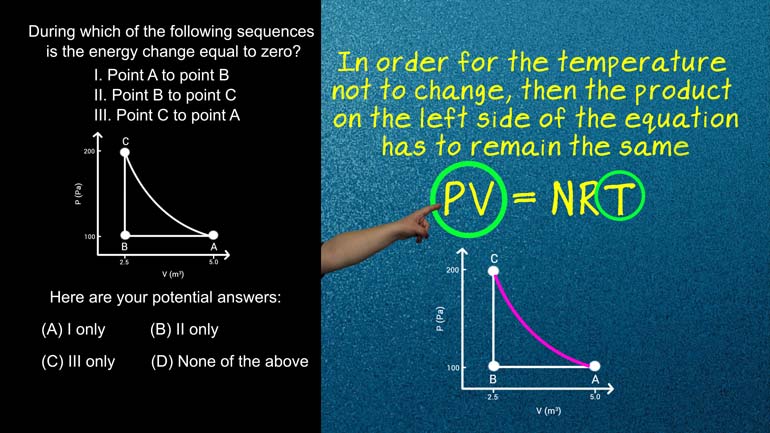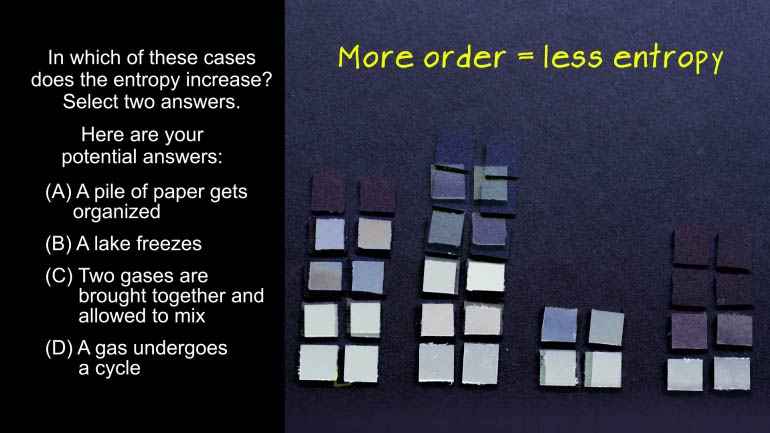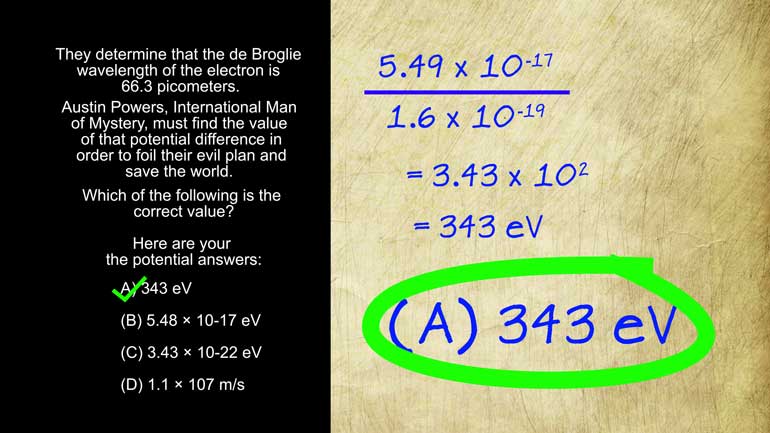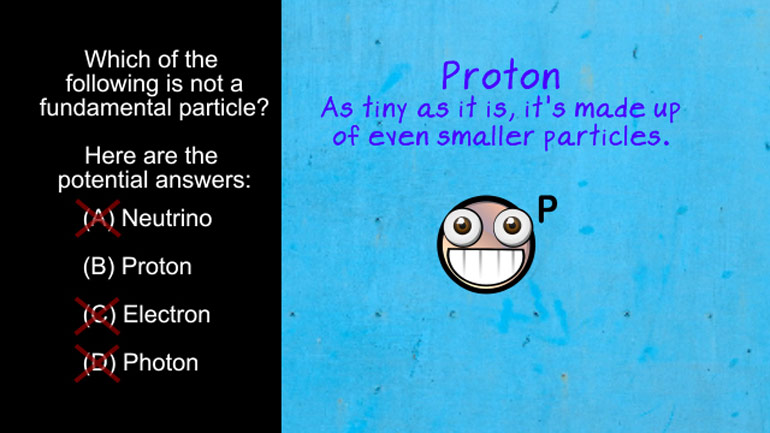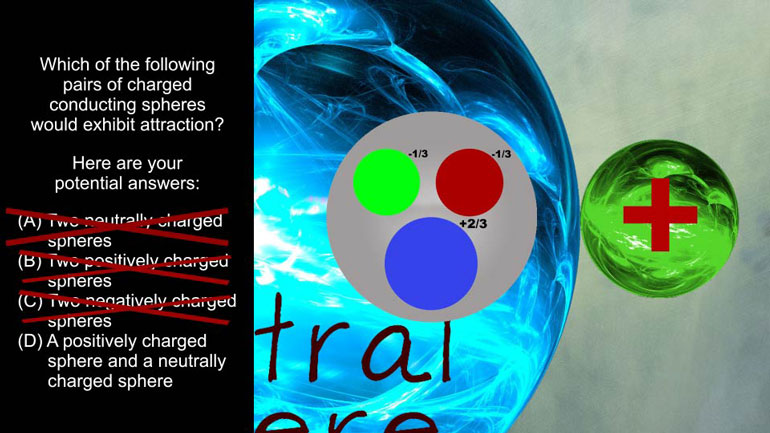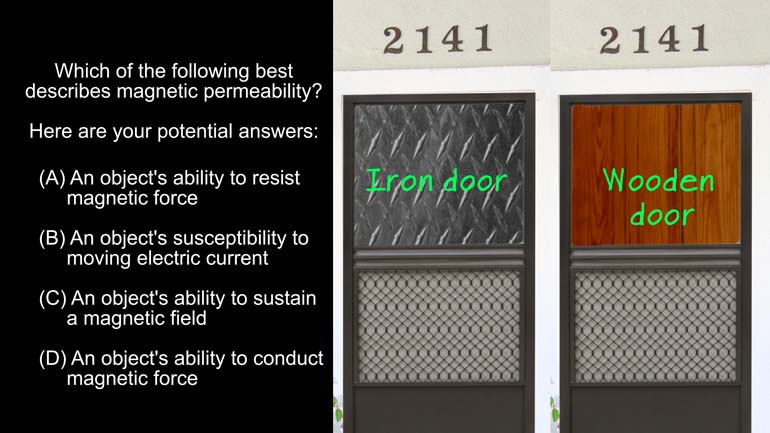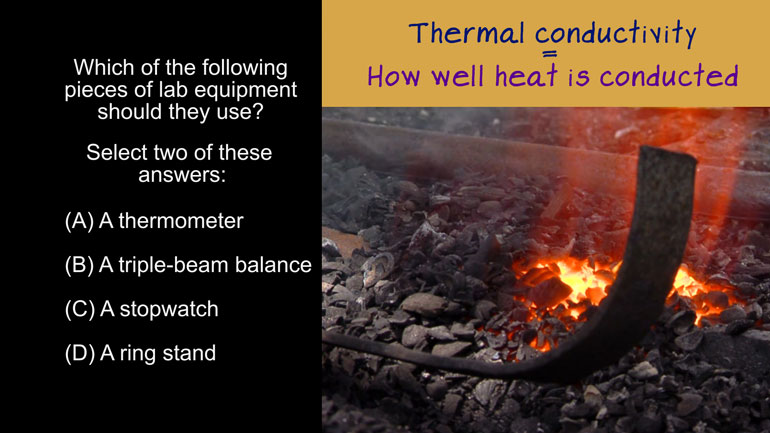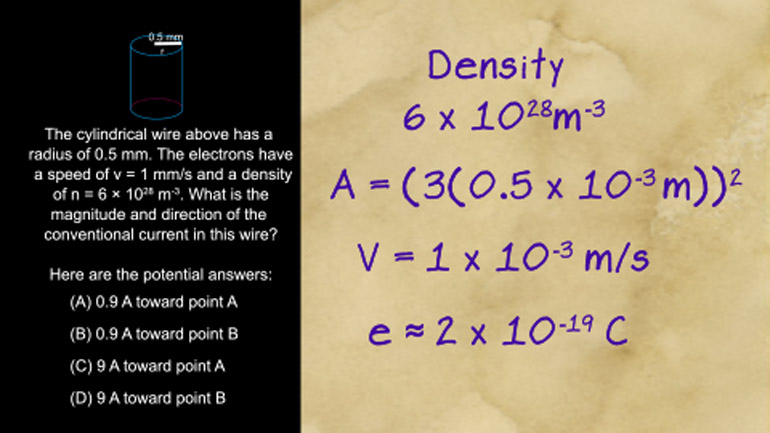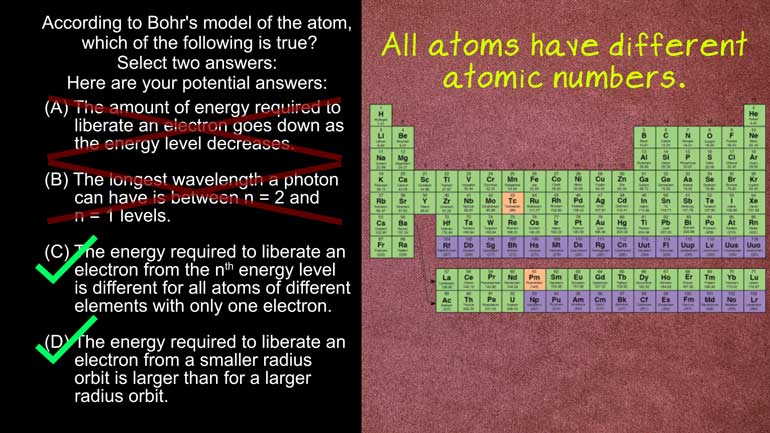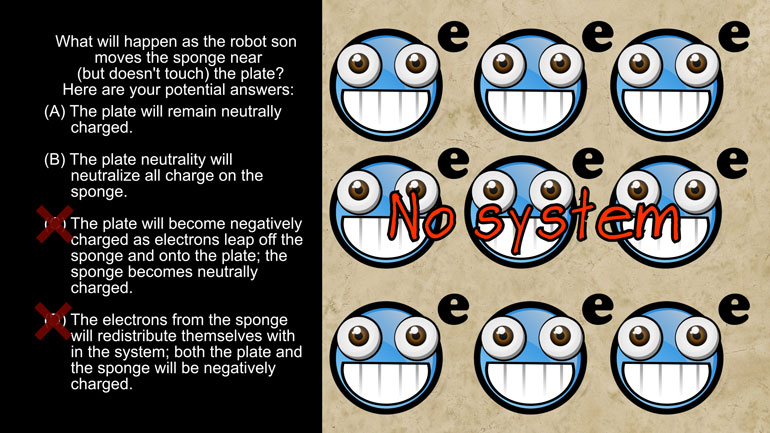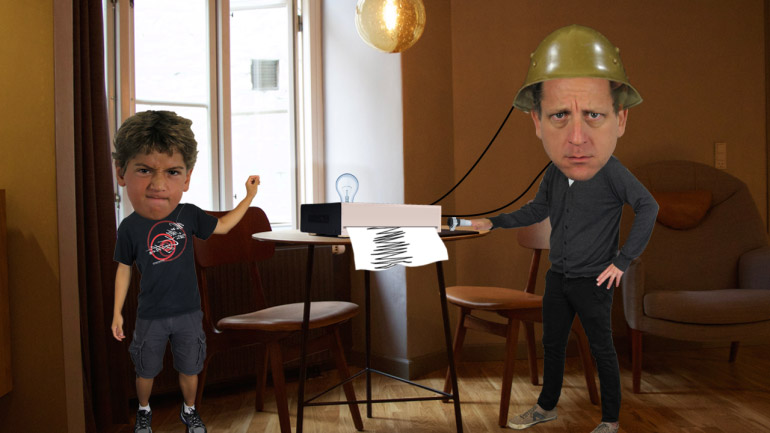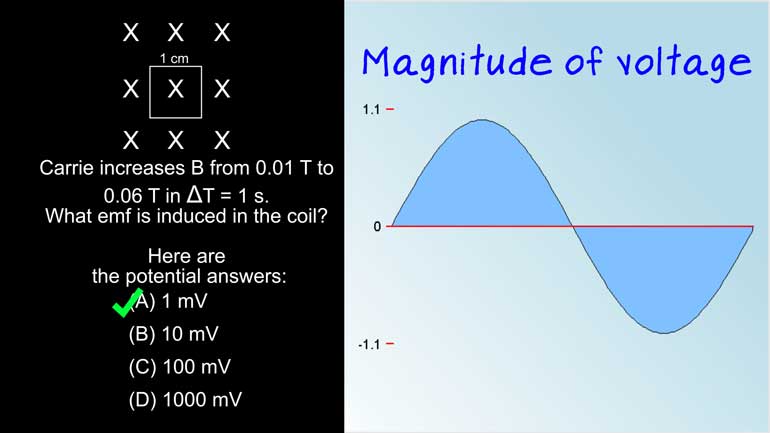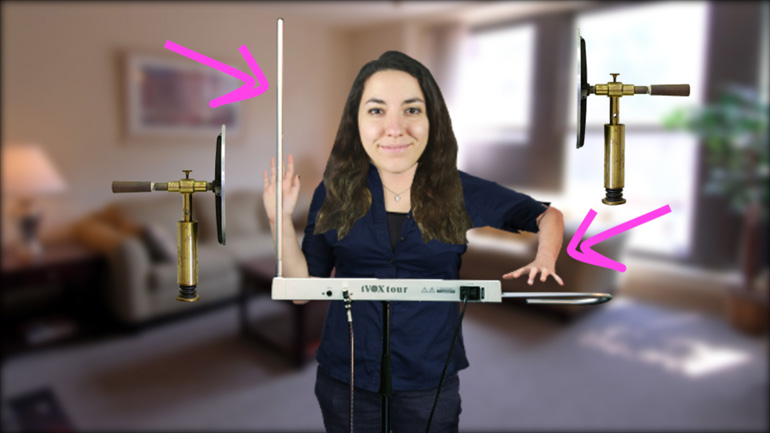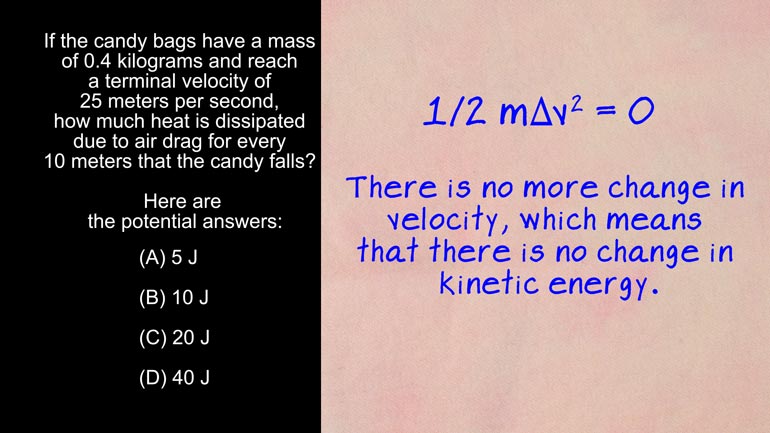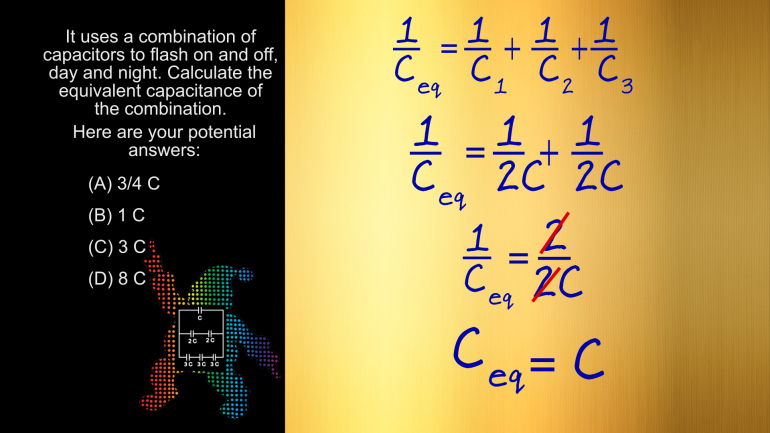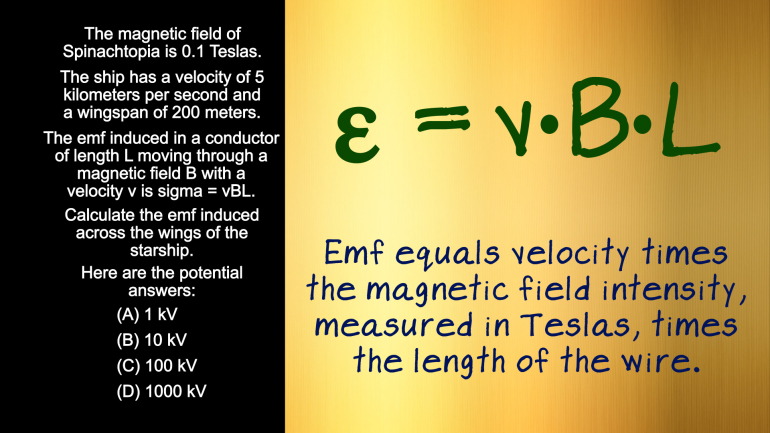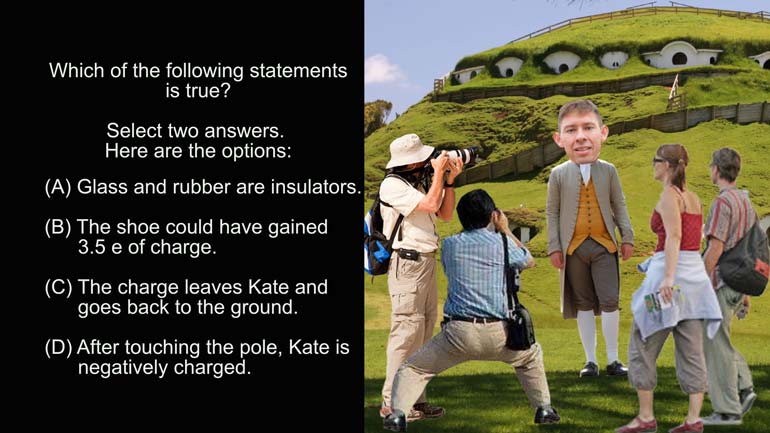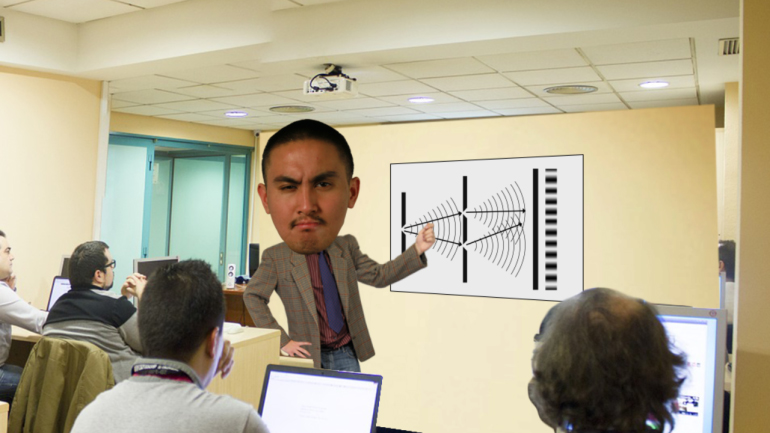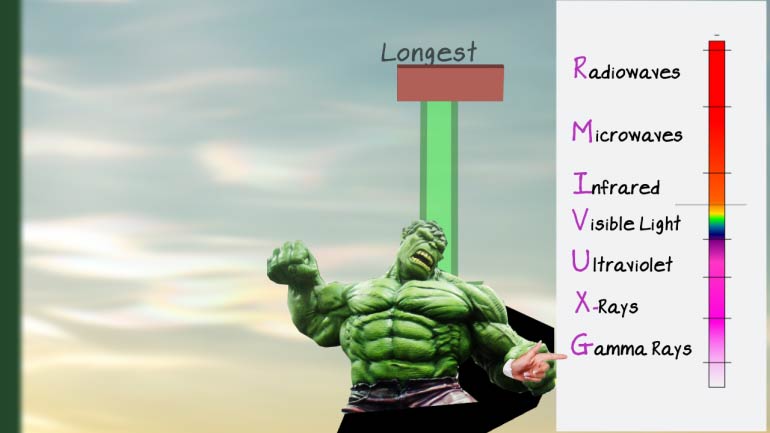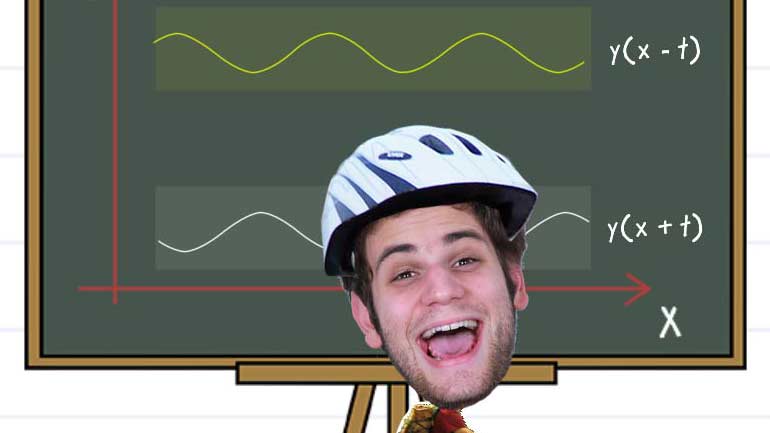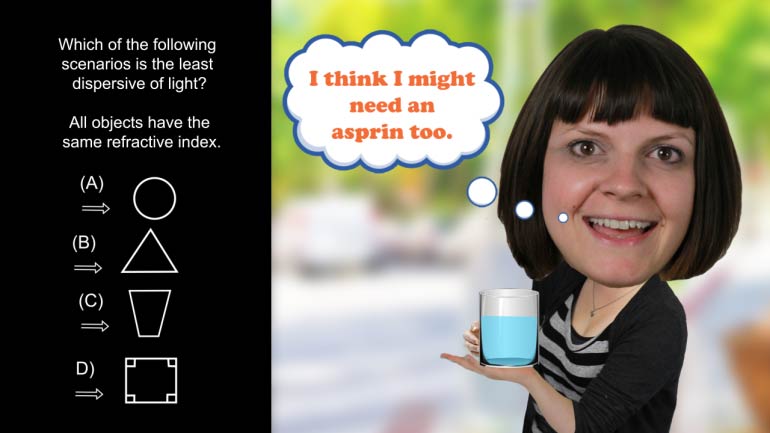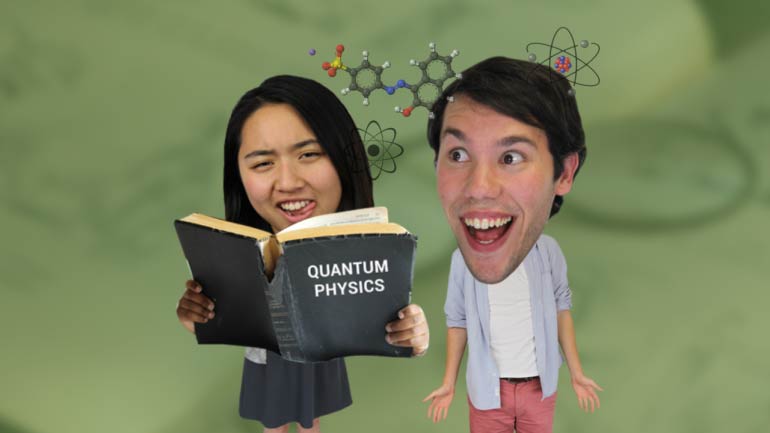ShmoopTube
Where Monty Python meets your 10th grade teacher.
Search Thousands of Shmoop Videos
AP Physics 2 Videos
AP Physics 2: 1.1 Waves. Find the light intensity.
Changes and Conservation Laws Videos 9 videos
AP Physics 2: 1.1 Changes and Conservation Laws. Which of the following statements are true?
AP Physics 2: 2.4 Changes and Conservation Laws. What is the current I1 in the gravy grenade circuit?
AP Physics 2: 1.5 Changes and Conservation Laws. Which of the following statements is correct?
Fields in Space Videos 10 videos
AP Physics 2: Fields in Space Drill 1, Problem 1. Which diagram correctly illustrates the magnetic field around the bar magnet?
AP Physics 2: 1.2 Fields in Space. What is the magnitude and direction of magnetic field BA at point A?
AP Physics 2: 1.3 Fields in Space. How long will it take PANCAKE to reach the plate?
Object Interaction and Forces Videos 10 videos
AP Physics 2: 2.1 Object Interaction and Forces. Which of the following is not one of the four fundamental forces?
AP Physics 2: 1.2 Object Interaction and Forces. What is the acceleration experienced by the feather?
AP Physics 2: 1.3 Object Interaction and Forces. What is the magnitude of the current L in the wire?
Probability and Systems Videos 8 videos
AP Physics 2: 1.5 Probability and Systems. Which of the following statements are true?
AP Physics 2: 1.3 Probability and Systems. What is the approximate pressure in the near-vacuum of space?
AP Physics 2: 2.2 Probability and Systems. What is the mass number of J?
Properties of Objects and Systems Videos 10 videos
AP Physics 2: 1.2 Properties of Objects and Systems. If the amount of mass lost during a nuclear reaction doubles, what happens to the energy relea...
AP Physics 2: 1.3 Properties of Objects and Systems. Which of the following is not a fundamental particle?
AP Physics 2: 2.1 Properties of Objects and Systems. Which of the following pairs of charged conducting spheres would exhibit attraction?
Systems Interactions and Changes Videos 9 videos
AP Physics 2: 1.3 Systems Interactions and Changes. When the circuit is completed, what current flows through the 750 ohm resistor?
AP Physics 2: 2.2 Systems Interactions and Changes. What emf is introduced in the coil?
AP Physics 2: 1.2 Systems Interactions and Changes. What's the approximate magnitude of the charge on each plate?
Waves Videos 10 videos
AP Physics 2: 1.3 Waves. How much farther away is the screen from the slits if the first bright fringe is now 2.2 cm from center?
AP Physics 2: 1.4 Waves. Arrange these objects and superpowers in decreasing order according to wavelength of relevant radiation.

